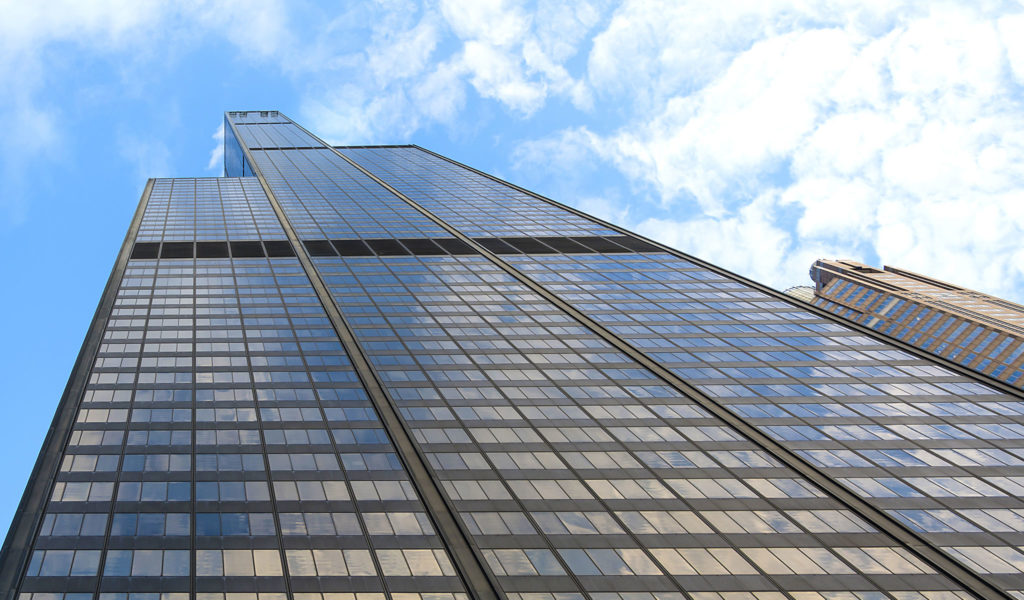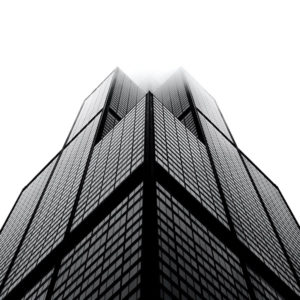



LEED, which stands for Leadership in Energy and Environmental Design , is the world’s foremost green building rating system, used for both new building projects and renovations. Introduced to the US in 1994 by the US Green Building Council , or USGBC , LEED offers certification to building projects using a points-based system to grade efforts that reduce the impact of a range of construction projects. If the project meets certain standards, covering a range of metrics from sustainable building materials to energy use , it is given one of four certifications ranging from basic certification to platinum (for the very best examples of sustainable green construction).
However, it’s not just about getting a certificate. LEED certification has some very significant real-world benefits that aim to reduce the impact of construction on both an environmental and social level. For example, LEED certified buildings can generally charge higher rental rates. These can be up to 20% higher than non-certified buildings, and with 4% lower vacancy rates . In addition, according to the USGBC, 61% of corporate leaders believe that sustainability leads to an improved financial performance. LEED certified buildings generally have better retention rates, happier occupants, and increased productivity rates.
There are many good reasons to pursue LEED certification , and that’s not to mention the myriad environmental benefits the program can boast. But just what is LEED certification? How does it work and what do organizations need to do in order to meet the LEED requirements for innovation and design ?
LEED is an internationally recognized way of certifying efforts made by the designer, developer, and construction firm to reduce impact and create more sustainable buildings . All buildings have an impact on their immediate surroundings and the wider world, requiring a huge amount of materials, generating construction waste , and utilizing resources. LEED certified sustainable design aims to limit the effects of construction and ongoing existence of any construction project.
LEED building certification looks at several key areas, including:
It then allocates points for the performance of the building project in the above areas. There are 110 points available in total, and projects can achieve the following ratings designed to reward those construction projects that strive for environmentally and socially conscious management plans:
Once you have decided that LEED certification is the way forward, you need to know the best way to go about ensuring certification. Using a checklist to help you compartmentalize and address each key area of action can be a great way to organize your application.
There are nine main ratings categories for earning the overall 110 points available within the LEED scheme. These are:
You will need to try and meet criteria in each of these areas in order to gain the points needed for the level of certification you are aiming to achieve. However, points are not awarded equally in each category, and are broken down by percentage in the following way:
So, in order to maximize the possible points rating you can get for a project, it may be helpful to prioritize certain areas of the build.
To gain the points in each individual category, you need to meet certain prerequisites . For example, in the Energy and Atmosphere category, you need to meet the prerequisites of minimum energy performance , energy metering, and education of the homeowner or building manager. The indoor environmental category has the highest number of prerequisites , including ventilation, air filtering, combustion venting, and more.
For a full breakdown of where the credits are allocated in each category, you can check out the USGBC list here .
If you want to apply for LEED certification , then you will need to complete four steps:
Before you register, you will need to make sure your building meets the basic requirements in several key fields, including:
Then you need to select the appropriate LEED rating system for your project.
Collect and submit the necessary documentation for your project and identify the credits which you wish to pursue. This will involve analyzing data and making calculations about building performance. Try to ensure only the required documents are submitted and all information is correctly labeled and clearly presented. You will also need to pay your application fee.
Once submitted, your application will go through several review stages, in which you will also be involved. This includes a preliminary review, an optional final review, and a supplemental or appeals stage.
Once reviews are complete you will receive your final report and certification status.
The total numbers of points required to meet each level of LEED certification are:
So, a minimum of 40 points is required to make the most basic level.

There are three main ways to try and increase your LEED credit score to achieve the best possible rating for your project.
The materials you plan to use are vitally important for reducing the impact on health and the environment. The less fuel that is required in their production and transport, and the lower the level of chemicals or toxins, the higher they will rate. Additionally, ensuring materials are reused or recycled and not sent to landfill will help you during the certification process.
There are nine different credit scoring areas in the rating system but not all offer the same number of points . Focus on areas specific to your project goals and work towards the things you can realistically achieve during building design and construction . Additionally, ensure your project team is on the same page and also working towards your chosen goals.
There are almost 100 Environmental Product Declarations (EPDs) in the scheme to ensure the transparency of selected products commonly used in construction. Understanding how and why to use these products can help to accumulate points for a higher score.
The LEED certification program is leading the way in terms of the immediate future of green building , for both new construction and renovation, as well as elements of landscaping and neighborhood development . But there are other ways you can make a difference and improve the sustainability of your building. Here at RTS , our waste management experts can help you to deal with waste in a much more sustainable and cost-effective way, creating effective waste strategies for both businesses and communities.